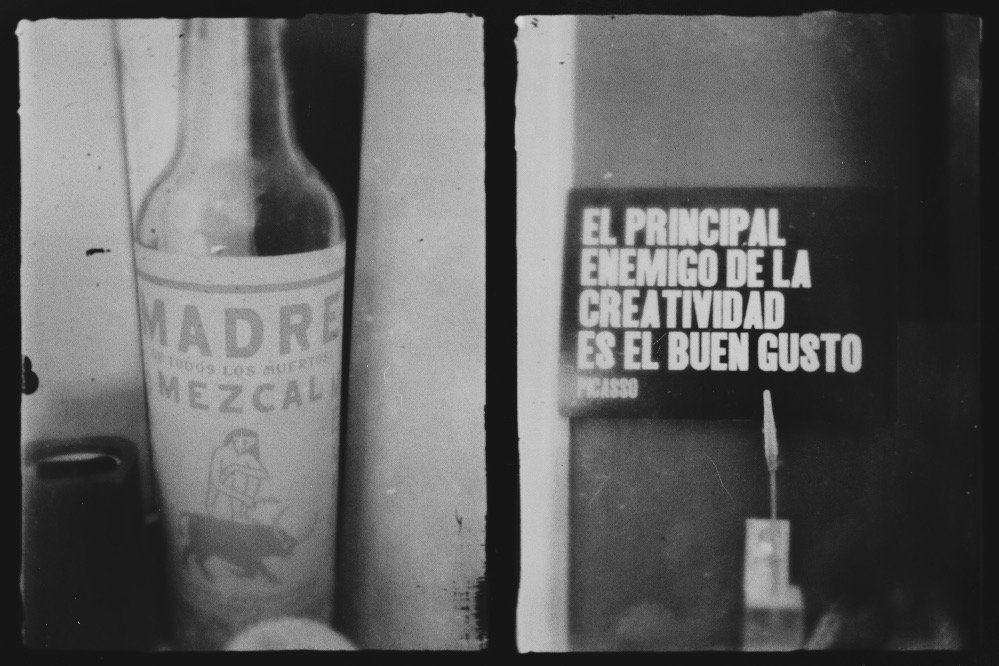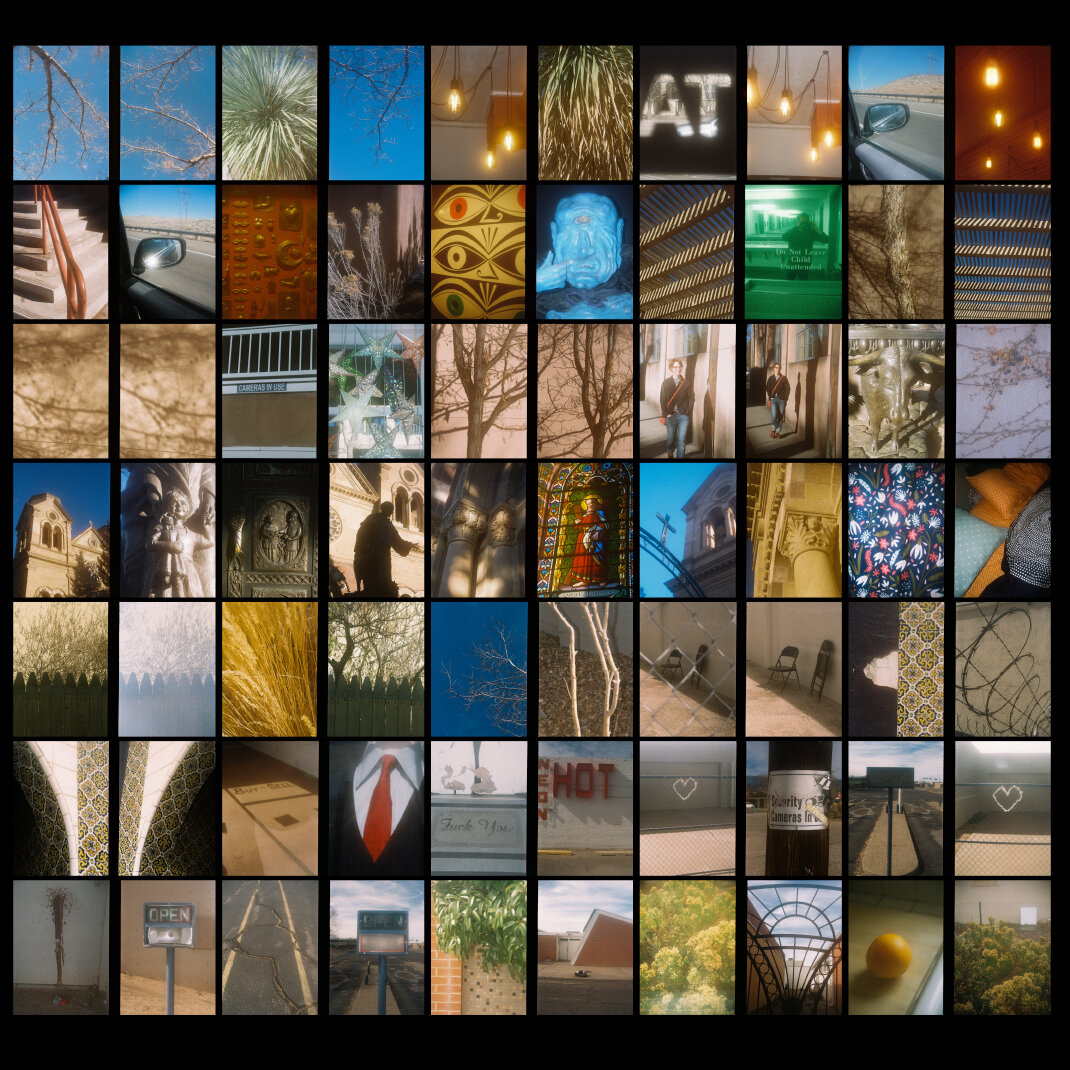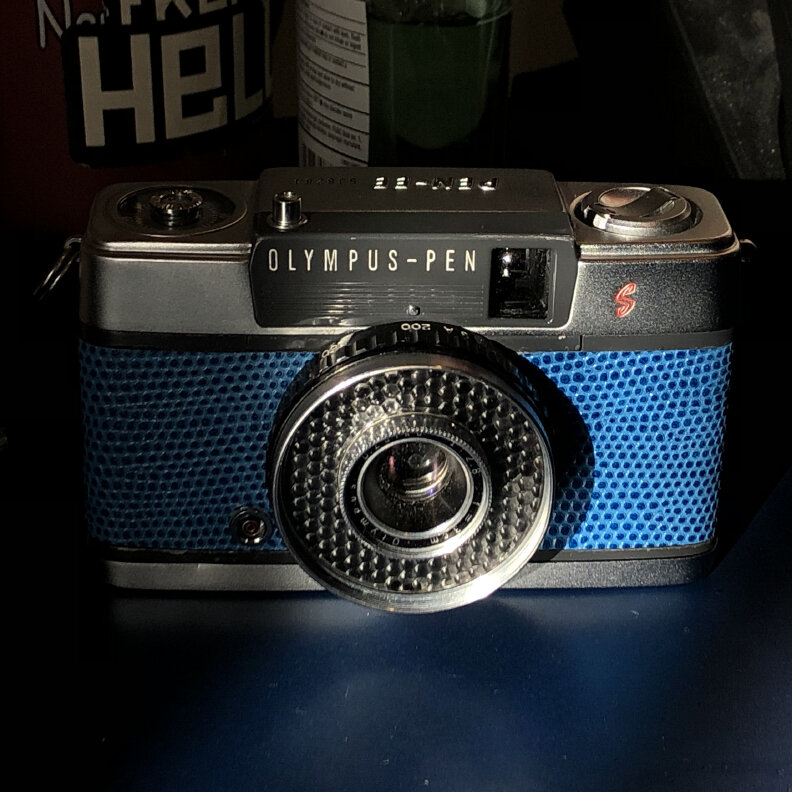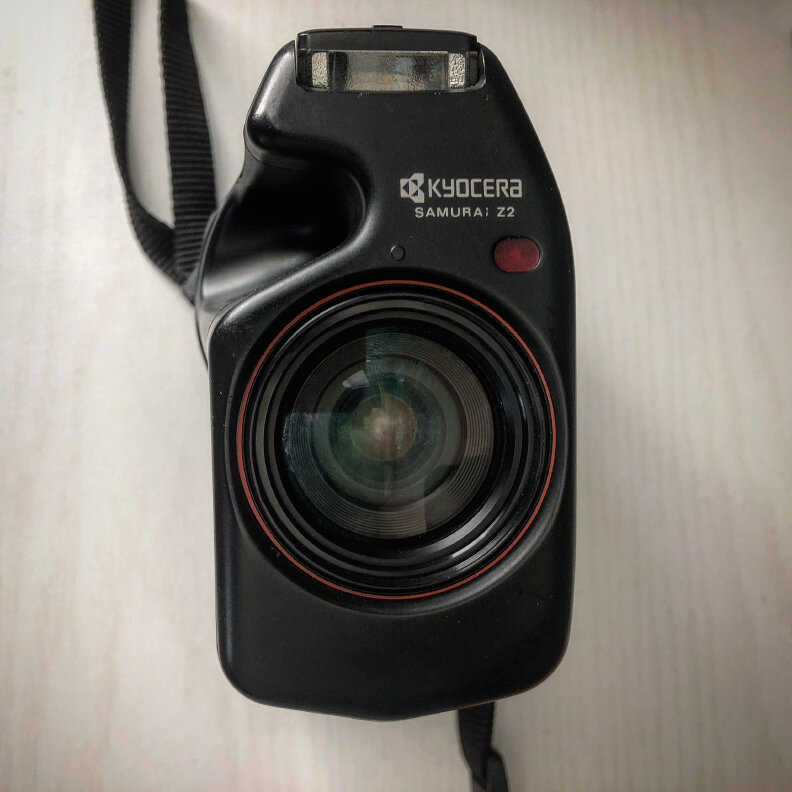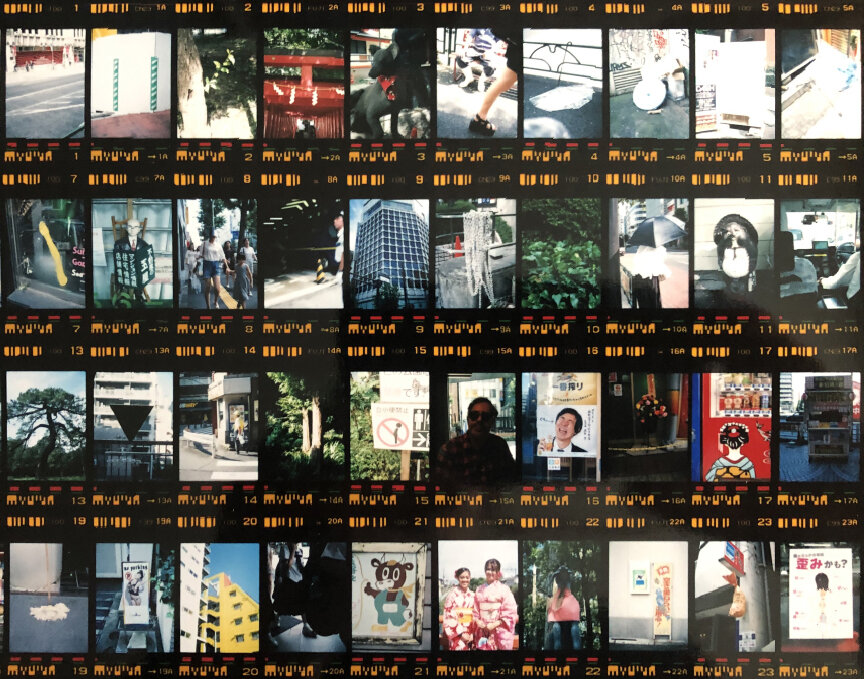What do images say when they are paired together? Maybe nothing special. Maybe something extraordinary.
2020: 14 (Back To The Bosque)
Spring is in the air, even if this is a spring like no other. Nature doesn’t pay much attention to the trials and tribulations of humans. The birds are chirping every morning, the plants and trees are sprouting, the temperature is warming, the days are getting lighter. Thankful for all of this, as I spend most of my time in my house, at my computer.
Working from home is a luxury, but it is also a challenge to set boundaries, and conference calls and answering emails, and Zoom sessions are tiring in their own way. So it is that time outside that really feeds me. I’ve started running in the mornings again. The park is almost always empty, a nice chill in the air that dissapates as the sun rises.
I also had the opportunity this week to head back to the bosque, along the Rio Grande, to continue my year-long project. Wandering the woods along the river, right after sunrise, was inspiring and restorative. The light was gorgeous, the ducks and geese where flying and calling overhead. Some trees and grasses were showing their green again, but the mighty cottonwoods have yet to come back to life and color. That will be a treat for another visit.
It is a great joy to shoot one roll of film, 72+ exposures via the half-frame camera, in one outing. It is liberating, especially not giving much concern to each individual image. Instead, treating the entire roll of film as its own thing. I look forward to the 5 more months I have on this project, and really look forward to making a zine of this work when the project is completed.
If you can, get outside and breathe the fresh air, feel the sun on your skin, and listen to the birds.
2020: 10 (Proof It, Dummy)
Shifting into high gear on my next self-publishing project. I’ve been keep my cards close to the vest on this project. It will be a departure for me in number of ways. I plan on hand binding the main book, but I am also working on two additional versions of the release. The proofing and dummying up process has consumed me this week, and with so much hand work ahead of me, there is only a small glimmer of light at the end of the tunnel. Persistence. So much persistence needed.
I was also struck with a small hint of spring fever this past week, as the temperatures in New Mexico have been hovering around 60 degrees most days. I took my monthly walk through the bosque to work on my year long, half frame project. The Kyocera Samurai is transforming my creative approach to this project, in a really good way. I also popped off a roll of black and white last weekend, playing around with architectural details and shadow play. Always be looking.
2020: 7 (Enter The Samurai)
If you’ve been reading this blog these past few months, you would know that I’ve been bitten by the half-frame camera bug. A cherished souvenir from a trip to Japan last year is the gorgeous Olympus Pen EE-S. As much as I love this camera (and I do love it) it does have some serious limitations. I have been able to adjust my shooting style to accommodate the zone focusing system. The biggest hurdle is that the ISO range only goes up to 200. Not really conducive to shooting in every condition. This was especially apparent when I popped off a roll of film on a snowy early morning in the bosque. The camera struggled in the low light. Since I’ve committed to a year long project shooting half-frame, I really wanted to have a solution that would let me shoot a faster film. Enter The Samurai.
The Samurai is a ridiculous looking camera, without a doubt. It looks like a 1980s camcorder. Though it will never win a beauty contest, it is a secret weapon that I immediately appreciated when it finally arrived via an Ebay seller in Japan. Buying it sight unseen was a bit of a risk, but after a quick test roll, I realized I scored a perfectly functioning model. It has tele / wide zoom capability. It has a DX code range that goes up to 3200. It has a clunky but functional auto focus. It has a flash (which I had to figure out how to turn off.) Though it might be hard for me to justify a camera purchase not being a symptom of G.A.S., this little oddball is satisfying a need in my process. If the contact sheet above is any indication, I will most likely be using this gem for more than just my current year-long project.
2019: 42 (Back To The Bosque)
Going to the bosque of the Rio Grande here in Albuquerque never fails to inspire me. It also slows me down, allows me to decompress, and get out of my own head for a while. A recent jaunt with my new half-frame camera ignited thoughts of a new project… ideas are percolating. One day, 72 exposures, a lot less thinking, a lot more shooting. More to come.
2019: 41 (Contact Sheets | Half-frame Camera)
Shooting film is always a roll of the dice. You don’t know what you’ve captured on film until days (or weeks) later, after you’ve gotten your film processed. During my recent trip to Japan, I bought an old Olympus Pen EE-S, a half-frame film camera, on the first day of the trip. To those of you who are unfamiliar, a half-frame camera exposes only half of the usual 35mm film frame. Instead of 36 frames, the camera yields a whopping 72 photos per roll. An added bonus (or challenge) to using this camera is that the images are formatted vertically (as you can see on the contact sheet above.) So when I bought the camera, I had to trust that it was functioning properly. I knew I wasn’t going to see the results of this experience until I returned back home… so if the camera wasn’t working properly, I’d be shit out of luck, and there would be no opportunity to re-shoot the photos.
Here’s another curveball I needed to deal with. I wanted the film not only developed, but printed as contact sheets. Not a digitally layout of all the frame scans, but an actual, darkroom printed, contact sheet. I’m betting most of you reading this have never gotten a real contact sheet made. You lay the strips of film on a sheet of photo paper, expose it under the light of an enlarger, and then run that paper through photo chemistry. The result is what you see above. A nice way to judge all the photos from one roll of film. I actually had to ship my film to a lab in New York City to get this done (full disclosure, I also had them scan the film so I could have digital version for social media, etc.)
When the package finally arrived this week, I was relieved and excited to see the results. First off, the camera worked like a charm. Sure there were a couple of dud frames, mostly due to my bad skills at framing a moving subject, or not paying attention to the zone focus adjuster on the front of the lens. Otherwise though, the exposures look pretty much spot on. The exposure is controlled by a selenium meter on the front of the lens (see image below) which then adjusts the shutter speed to give a properly exposed image. The camera was made in the 1960s, so I was dubious whether it would function properly. If it didn’t work, I paid for an expensive, albeit very attractive, paperweight. Thankfully, my fears were not realized, and I have two rolls of memories from my trip.
This little gem of a camera… small, lightweight, and easy to use will most likely be in my pocket no matter what or where I decide to shoot next. It will be a unique addition to any other digital or film camera I might decide to use.
The wonderful Olympus Pen EE-S half-frame film camera. A thing of beauty and simplicity.
